Who told you that the "feedback fraction" would be C1/C2?
Please note that any oscillator needs a frequency-dependent feedback path that allows oscillation at one single frequency only. Therefore, the oscillation criterion - UNITY LOOP GAIN - must be fulfilled at this single frequency only.
In the shown example, the feedback path is a thrird-order lowpass (classical ladder topology), which provides a -180deg phase shift at one frequency only. Together with the phase inversion of the transistor stage (with sufficient gain between base and emitter) this configuration meets the mentioned oscillation criterion (Barkhausen).
The 3rd-order lowpass is formed by the grounderd R4-C1 combination (1st-order lowpass) and a grounded second-order lowpass (L1-C2) which is connected at the node between R4 and C1. This assumes that Cout is a (large) coupling capacitor only and that the output resistance of the transistor is mainly determined by R4 only.

